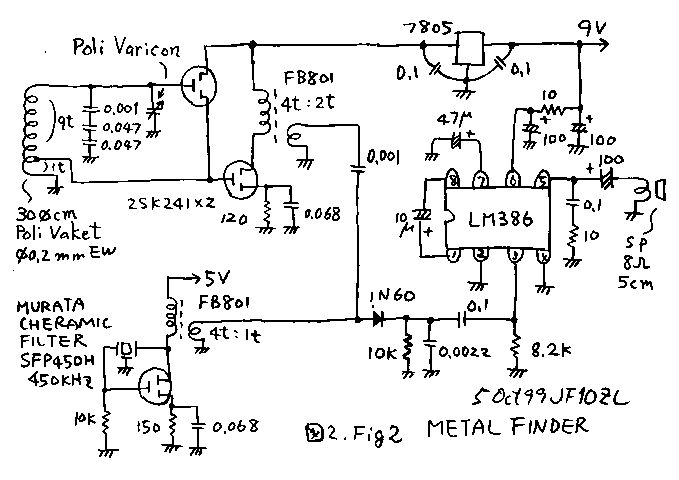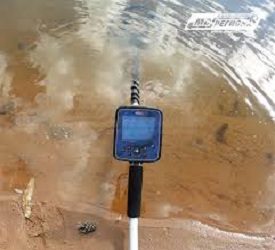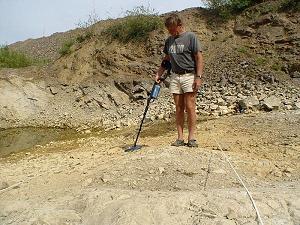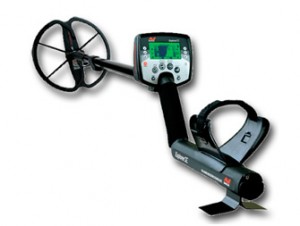The origin story of the coin as a money mark In the category Ancient coins more articles and learn more information about The origin story of the coin as a money mark Reviews Price Specifications Features Image manuals videos Accessories All this in metal detectors for gold.
The use of coins as a form of money has a long and fascinating history that spans various cultures and civilizations. Here is a brief overview of the origin story of coins as a monetary system:
1. Early Barter Systems
Before the invention of coins, people engaged in barter systems, exchanging goods and services directly. However, this system had limitations, including the inconvenience of finding a double coincidence of wants.
2. Introduction of Metal Ingots
In ancient times, various societies began using metal ingots or chunks of metal as a more standardized and portable form of value. These early forms of money were not yet coins but represented a step toward a more efficient medium of exchange.
3. First Coins in Lydia (7th Century BCE)
The first standardized coins, as we recognize them today, are believed to have been minted in the ancient kingdom of Lydia (located in modern-day Turkey) around the 7th century BCE. These early coins were made of a naturally occurring mixture of gold and silver called electrum.
4. Greek City-States and Coinage
The concept of coinage spread to Greek city-states, where various regions started producing their own coins with distinctive designs. Coins were made from metals like gold, silver, and copper, and they often featured images of rulers, deities, or symbols representing the issuing authority.
5. Roman Coinage (3rd Century BCE)
The Romans adopted and expanded the use of coins for trade and commerce. They introduced standardized coinage systems with denominations such as the denarius, aureus, and sestertius. Roman coins featured portraits of emperors and iconic symbols.
6. Chinese Coinage (Ancient China)
Ancient China also developed its own forms of coinage around the same time as the Mediterranean civilizations. Chinese coins were typically made of bronze and had a square hole in the center, allowing them to be strung together.
7. Spread of Coinage in the Middle Ages
The use of coins spread across different regions and cultures during the Middle Ages. Various European kingdoms and Islamic civilizations minted their own coins.
8. Medieval European Coinage
During the medieval period, European monarchs and rulers began minting coins with standardized weights and designs. These coins played a crucial role in medieval trade and commerce.
9. Transition to Paper Money
While coins continued to be essential, the later development of paper money in China and its adoption in other parts of the world marked a shift in the way people conducted transactions. Paper money offered advantages such as ease of transport and reduced reliance on precious metals.
10. Modern Coinage
Today, coins remain an integral part of the global monetary system. Countries around the world issue coins with various denominations, materials, and designs. Coins are used for everyday transactions and are often valued not just for their monetary worth but also for their historical and artistic significance.
The journey from early barter systems to the widespread use of coins represents a significant evolution in human economic and monetary history. The adoption of standardized coinage played a crucial role in facilitating trade, contributing to economic growth, and shaping the development of civilizations.
At the time when there were no coins, different nations used their kind of money, what was appreciated and in demand and not spoiled (stones, shells, cocoa beans, ivory, cut cloth). Suffice it to recall the example of Columbus, who at the discovery of islands near the American continent changed beads, scissors, chains for silver and gold products, which the natives have not yet had time to become a currency and a means of payment.
The currency most commonly used in the sale was cattle. It could be used as an aid in agriculture and transportation, as well as as a source of wool, skins, bones, fertilizer, meat. With the development of crafts, this currency gradually faded into the background. The receipt of iron from ore, the smelting of the metal and the strength of the received products suggested that it is better to replace the various means of payment unified. More often began to pay with pieces of metal (especially silver and gold). But it was very inconvenient to use this kind of money because of the difficulty of guessing the desired weight of metal, corresponding to the value of a certain product.
The first coins came into use in China in the 12th century BC. These were coins made by the casting method. And the method of coinage was first used during the reign of the Lydian king Gigues (according to some sources – Ardiza) around 685 BC. The coins were yellow, made of (an alloy of silver and gold) and were called staters.
Where did the name of the coin come from? According to legend, in ancient Rome money was minted near the temple of Juno Coin (Soviet), wife of the god Jupiter. In gratitude for the advice and warnings about the dangers that have repeatedly saved the people, the money was named in her honor.
Coins have their own history in each country. Sometimes, because of the lack of raw materials to make this type of money, some peoples had to remove them from their use for a while. But the fact that the coins have reached the present day and are actively used around the world, says that it is a very convenient money sign, which has a small percentage of wear.
- Ways to invest the money-Tips on investment 2015
- Why the value of money is determined by the gold?
- Assessment of investment risk in transactions in the financial market
- best metal detector for the money
- Recommendation to invest a little money
Related Articles
- XP ADX 250 metal detector
- GO-FIND 40 Metal Detector
- Benefits of Security Camera Systems
- Metal Detector Fisher F5
- reel application gold detector for android
- Top 5 most expensive metal detectors in the world today
- Hunter – X 600
- Evidence of hard work from the Amarna cemetery
- تستخدم اجهزة الكشف عن المعادن – اجهزة كشف الذهب
- How a metal detector works














